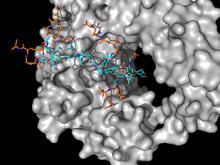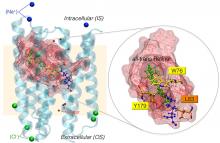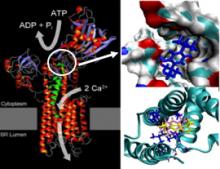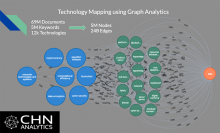Research Landscape
Gene Regulation
“The origins or causes of diseases determine how they manifest illness and what we can do about them,” explained Matthew T. Weirauch, Ph.D., an associate professor in the Center for Autoimmune Genomics and Etiology at Cincinnati Children’s Hospital and the pediatrics department at the University of Cincinnati College of Medicine.
Maritime Viruses
Matthew Sullivan, Ph.D., and the Ohio Supercomputer Center (OSC) have teamed up to give scientists insight into how to better study viruses found in a variety of communities. This information could prove invaluable to understanding everything from what’s going on inside our bodies to how we might combat climate change.
Fungi Genomics
Jason Slot, associate professor of fungal evolutionary genomics at The Ohio State University, is performing research to ensure the longevity of one of the world’s favorite crops: coffee. Specifically, Slot’s group studies the genomics of fungi that live in coffee plants to understand their function and relationship within the plant and to better understand the plant’s microbiome in general.
Processing Power
Richard Hughes, Ph.D., has an impressive resume in the world of physics: He was a leading member of the team that discovered top quark, contributed to the search for dark matter in the Milky Way halo, was an integral part of the discovery and study of the Higgs Boson at the Large Hadron Collider—oh, and has founded his own company and is also a professor of physics at The Ohio State University.
Digital Elevation
Until 2018, scientists could find better terrain maps of Mars than they had of Antarctica.
Now, with software engineering, code optimization and parallel software development assistance from the Ohio Supercomputer Center (OSC), they have “the highest-resolution terrain map by far of any continent,” according to Ian Howat, Ph.D.









